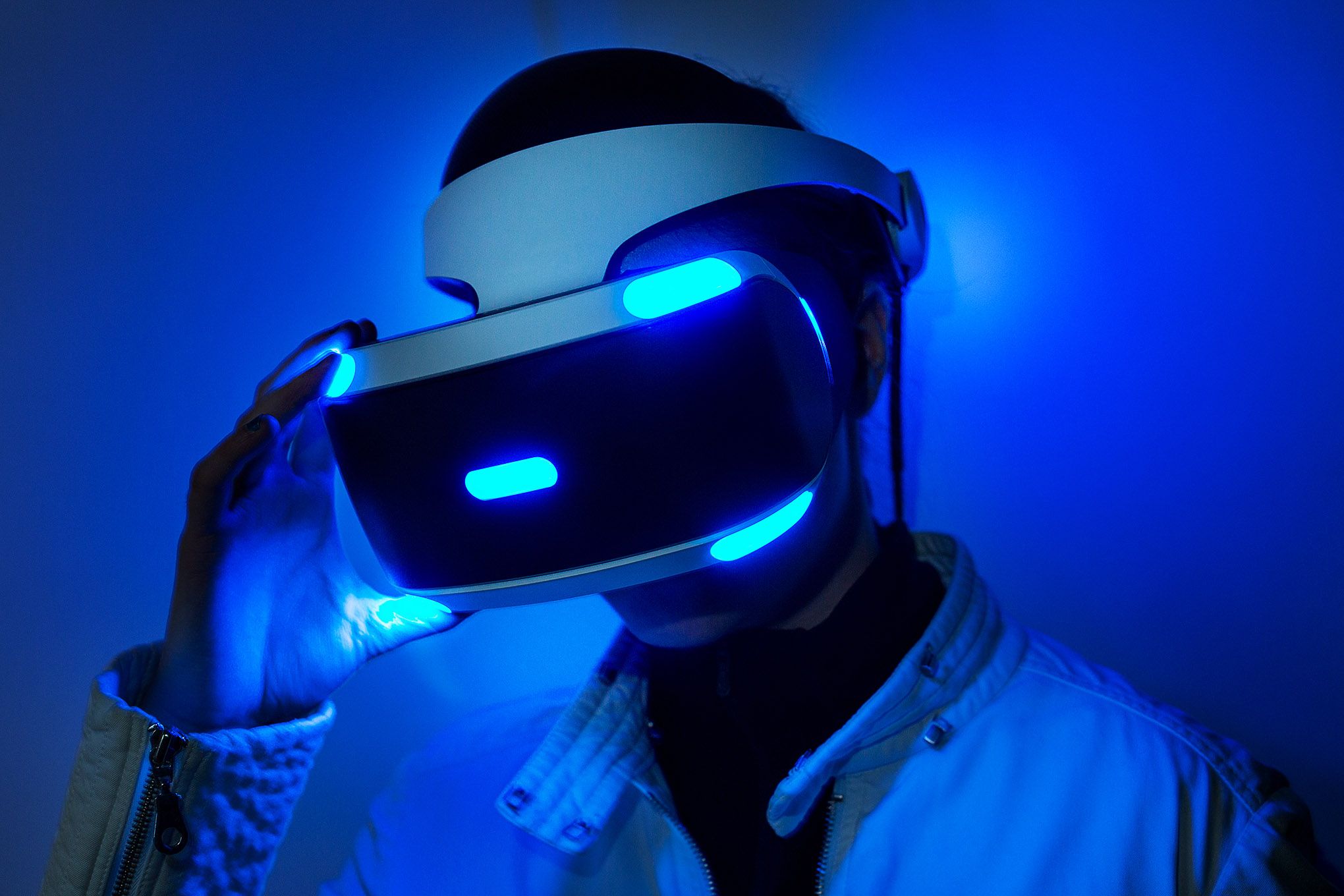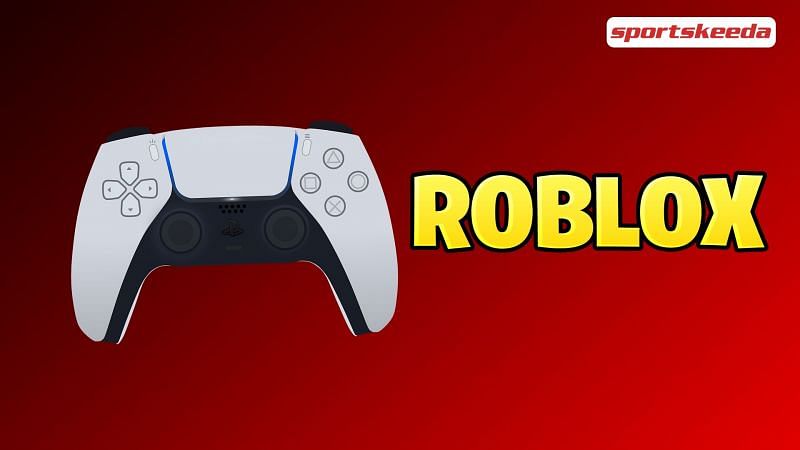Sony Delivers Accessible and Immersive Virtual Reality to the Masses
When Sony first announced PlayStation VR back in 2016, it promised to bring affordable and accessible VR to the PlayStation ecosystem. Now, over a year since its launch, does PSVR deliver on that promise? Having spent extensive time testing various PSVR games, evaluating comfort, tracking and more, I believe Sony has succeeded in establishing a truly compelling entry-level VR platform. While the graphics may be limited compared to high-end PC-powered headsets, PSVR offers an unparalleled library of deeply engaging VR games. Its intuitive tracking, comfortable design and motion smoothing also make it one of the easiest systems for newcomers and casual gamers to enjoy without issues like motion sickness. In this comprehensive review, I’ll examine my experience with PlayStation VR across various key areas and share tips for getting the most out of this affordable gateway to the world of virtual reality.

Part 1: The PSVR Game Library is Unmatched in Depth and Fun
One area where PSVR absolutely shines is the wealth and variety of games available both at launch and on an ongoing basis. More than 200 titles have been released so far across genres like action, horror, puzzle and more. This library far surpasses what’s available on competing mobile VR platforms in terms of both quantity and production values. Games like Resident Evil 7 Biohazard and Farpoint are among the best psychological horror and first-person shooter experiences respectively in any VR platform thanks to their cinematic production quality and innovative control schemes optimized for VR. On the more laidback side of things, Job Simulator and Astro Bot Rescue Mission have become breakout hits showing VR’s potential for innovative casual gaming experiences. What’s really impressive is how many PSVR games support innovative asymmetrical multiplayer, where one player experiences the game fully in VR while others participate on the TV with traditional controls. Bravo Team, Arizona Sunshine and critically-acclaimed platformer Robot Rescue are prime examples of multiplayer done right in VR. Between the breadth of fully-fledged single player games and innovative multiplayer implementations, it’s clear Sony set out to make PSVR about truly interactive experiences rather than simple tech demos.
Part 2: PSVR is Exceptionally Comfortable for Extended Play Sessions
Comfort and minimizing potential side effects like motion sickness were clearly top priorities in PlayStation VR’s design. The lightweight headset distributes weight evenly and features an intuitive fit adjustment dial for a snug but pressure-free fit. Cleverly counterbalanced cables mean you never feel their weight pulling down on the headset either. Careful engineering went into the optical and processing components as well to ensure buttery smooth 120Hz refresh rates. This high and consistent frame rate goes a long way in reducing that uncomfortable disconnect between virtual and physical movement that often causes nausea. Even after extended play sessions with games involving artificial locomotion, I rarely experienced more than minor discomfort that quickly passed. Motion sickness mitigation was also thoughtfully addressed at the software level. Most PSVR games feature gradual acclimation tutorials and comfort settings allowing players to customize motion intensity to their tolerance. Job Simulator in particular does an excellent job starting you off slowly with stationary interactions before progressing to freer movement. This helps your “VR legs” adjust naturally over repeated short sessions.
Part 3: Room-Scale Tracking Rivals Higher-End Headsets
Given PlayStation VR was designed around the PS4’s standing-only capabilities rather than room-scale, I was pleasantly surprised by how accurately it tracked my movements within a moderately-sized area. Using two PlayStation cameras mounted opposing each other around head height, PSVR delivered one-to-one tracking of both my headset and DualShock controller positions without dead zones. Games like Farpoint and Sprint Vector really put this tracking to the test with full 360-degree movement including walking a few steps in any direction. I noticed no discernible latency or glitches even during fast turns. Room boundaries are also automatically detected, providing a subtle but effective visual warning if I stray too far from the sweet spot. A few games like Batman VR and Astro Bot Rescue Mission even implement true “room-scale” designs where actually moving around the space to peek behind objects adds a whole new dimension of immersion. PSVR tracking allows experiences that rival higher-end PC and standalone headsets despite using only two outward-facing cameras versus externally-tracked sensors. It’s consistently responsive tracking that enhances rather than limits gameplay.
Part 4: The Display Strikes a Great Balance of Quality and Performance
While the PlayStation VR headset’s 1080p screen with a 120Hz refresh rate can’t match cutting-edge PC headsets in resolution, it stacks up very favorably in other crucial areas like screen quality and performance. Games run silky smooth without any noticeable stutter thanks to being optimized around the PS4’s capabilities. I was also impressed by how little “screen door effect” was visible given the moderate resolution. Text and environments showed only minimal visible pixels and the OLED screens deliver vibrant and accurate colors. Sony nailed the implementation of low-persistence and motion smoothing to reduce visual artifacts from head movements as well. Where graphics are inevitably limited by PS4 hardware, developers have gotten quite ingenious with art styles and visual techniques to build engaging immersive worlds despite the hardware constraints. Cartoony worlds in Astro Bot and Job Simulator translate beautifully while full-scale horror in Resident Evil 7 maintains presence through tense atmosphere over detailed photorealism. Overall presentation feels polished and serves gameplay rather than simply being tech demos. While resolution could stand to be higher, PSVR’s screens strike an ideal balance of affordability, performance and pleasing visuals that make games feel natural in VR rather than like underpowered experiments. With the PS4 Pro’s added power, this balance can only improve further for supported PSVR games.
Part 5: Intuitive Design Elements Mitigate Sim Sickness
Beyond hardware capabilities, Sony also clearly put careful user testing and research into mitigating that dreaded VR side effect - motion sickness. Through gradual tutorials, comfort settings and subtle software techniques, most PSVR games gently ease you into full VR movement controls. Developers also leverage things like vignetting, frame rate stabilization and head tracking blur during artificial locomotion. This helps trick your peripheral vision into believing your physical motion matches what you see in VR. Over time, your “VR legs” naturally adapt to gradual increased intensity just like building tolerance for real world motion. Even games with full artificial movement like Eve: Valkyrie and Starblood Arena enabled me to play for an hour or more at a time without side effects thanks to mitigation measures. While individual tolerances vary, PSVR set the standard for how to prioritize comfort from initial design through in-game options. It makes the platform approachable enough for extended casual play versus short intense bursts associated with earlier headsets.
Part 6: Revolutionary Motion Controllers Enhance Immersion
While PS Move controllers predate PSVR’s launch, games tailored for their specialized tracking and button mapping have unlocked whole new gameplay possibilities compared to gamepad controls alone. Farpoint in particular pioneered new standards for immersive first-person combat where motion controls replaced right analog stick aiming with intuitive one-to-one wrist motions. Meanwhile educational toys like Job Simulator and zany puzzle games on Playroom VR transform traditionally passive gameplay into lively interactions where you physically manipulate objects in scale. Along with tracking natural hand positions, Move controllers add haptic feedback responding to your grasps and collisions with the digital world. Together with room-scale tracking, immersive games feel less like watching a screen and more like truly being present interacting within a virtual space. While the controllers could stand incremental improvements, what’s here has already significantly enhanced gameplay and presence in PSVR’s growing library in ways not possible on other affordable VR systems. As developers continue optimizing mechanics around them, exciting possibilities remain untapped.
Part 7: Establishing Accessible and Approachable Virtual Reality
Having spent over 60 hours across dozens of PSVR games and experiences at this point, there’s no doubt in my mind that PlayStation VR accomplished its goal of making high quality virtual reality truly accessible for mainstream audiences. At a fraction of high-end PC headsets’ price of entry, PSVR removed financial barriers keeping VR in early adopter hands alone. Pairing that affordability with its library of robust games, comfortable design, and motion sickness prevention has also removed many “friction points” preventing broader adoption. Where some may be hesitant diving into intense VR experiences right away, PSVR softly inducts you into presence through approachable short-form titles like Playroom VR or Astro Bot Rescue Mission. With its huge install base on PS4, PSVR also benefits tremendously from network effects driving ongoing game and content creation. This further solidifies virtual reality as an integral part of the PlayStation ecosystem rather than a pricey novelty. By focusing first on accessibility, fun and comfort rather than sheer horsepower, Sony established buy-in needed for the technology to mature. For that reason alone, PSVR marks a watershed moment for virtual reality.
 Expanding Controller Support and Accessibility on Roblox
Expanding Controller Support and Accessibility on Roblox